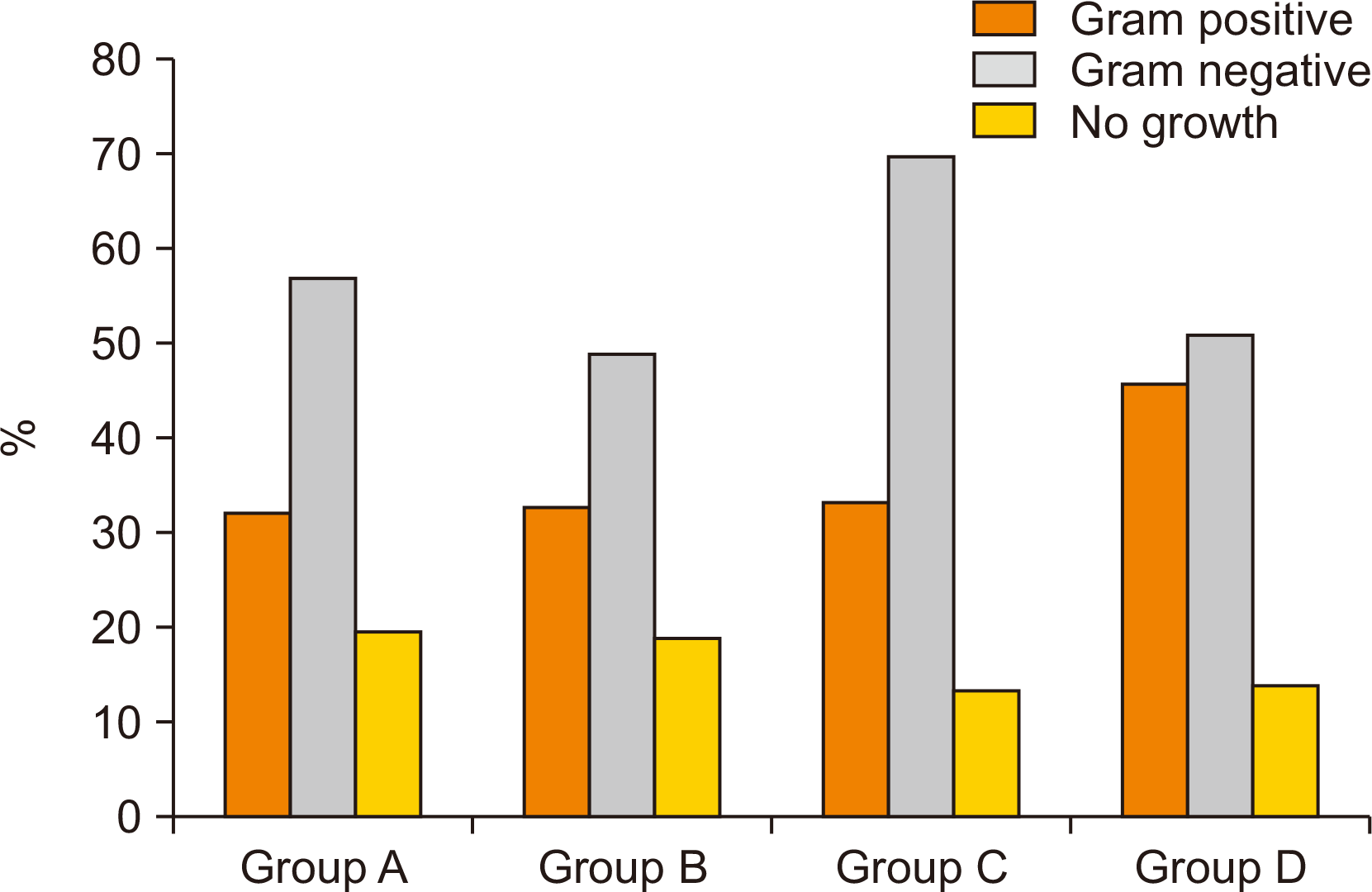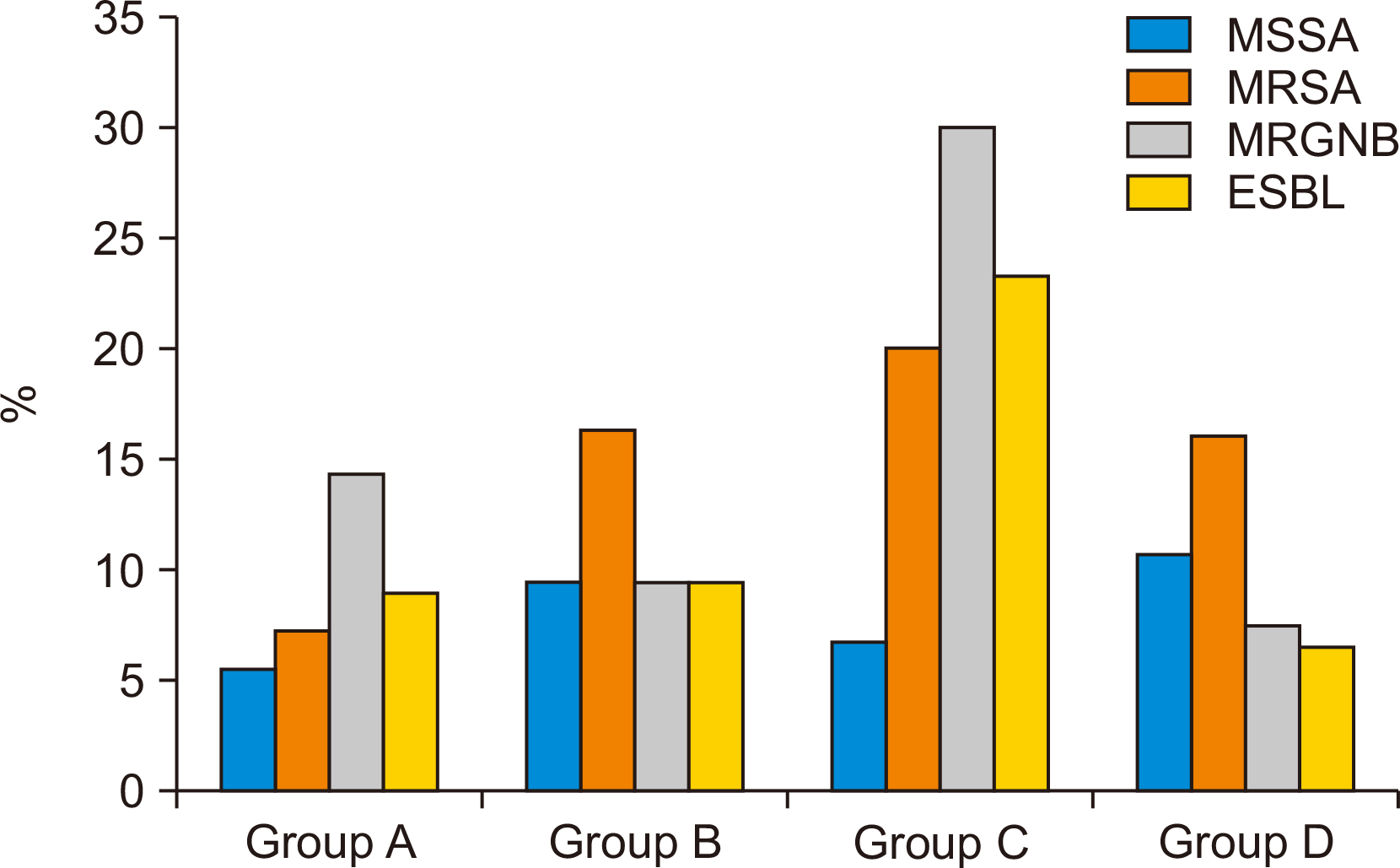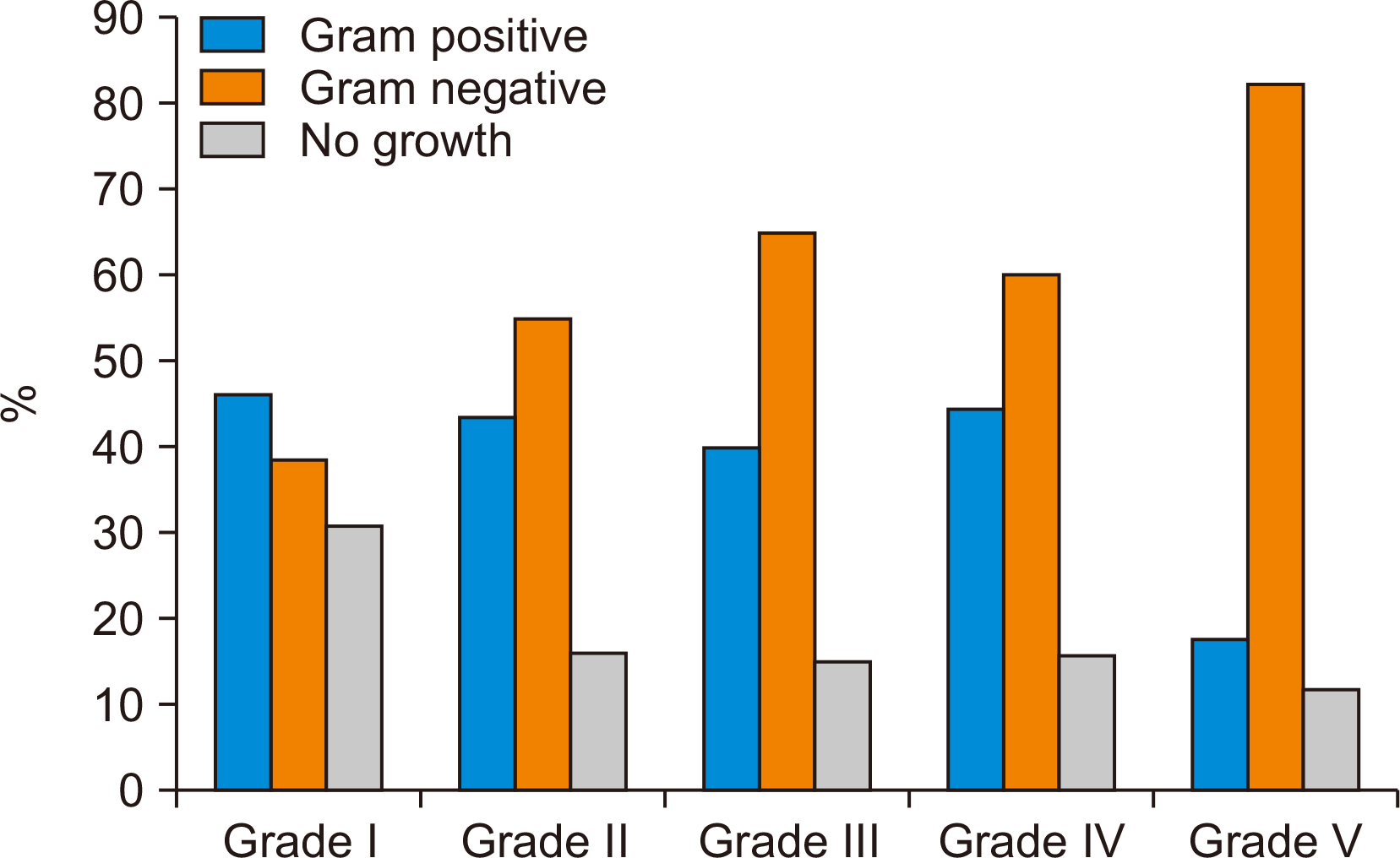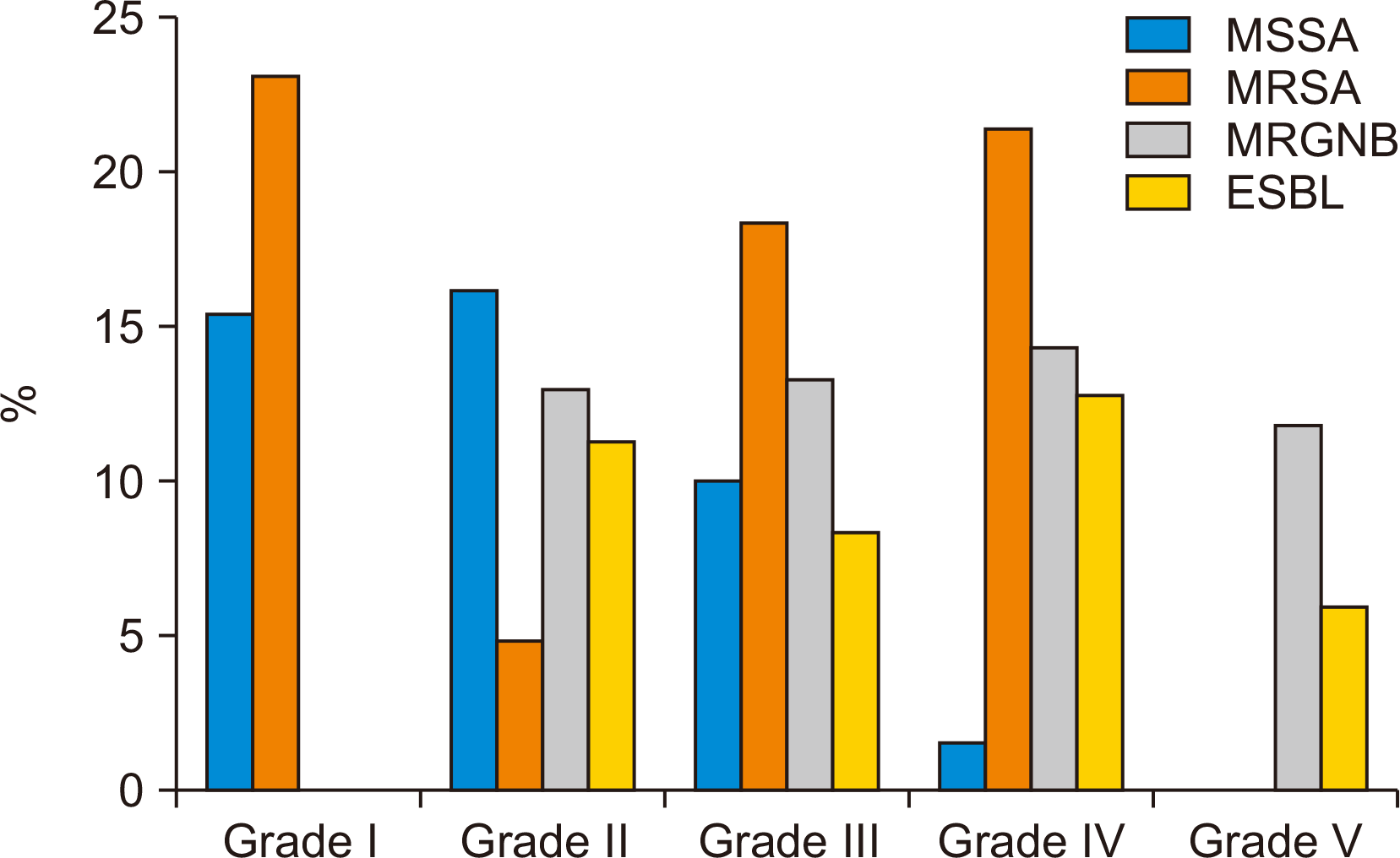1. Lavery LA, Armstrong DG, Wunderlich RP, Tredwell J, Boulton AJ. 2003; Diabetic foot syndrome: evaluating the prevalence and incidence of foot pathology in Mexican Americans and non-Hispanic whites from a diabetes disease management cohort. Diabetes Care. 26:1435–8. doi:
10.2337/diacare.26.5.1435. DOI:
10.2337/diacare.26.5.1435. PMID:
12716801.

4. Ertugrul BM, Oncul O, Tulek N, Willke A, Sacar S, Tunccan OG, et al. 2012; A prospective, multi-center study: factors related to the management of diabetic foot infections. Eur J Clin Microbiol Infect Dis. 31:2345–52. doi:
10.1007/s10096-012-1574-1. DOI:
10.1007/s10096-012-1574-1. PMID:
22354524.

8. Margolis DJ, Hofstad O, Feldman HI. 2008; Association between renal failure and foot ulcer or lower-extremity amputation in patients with diabetes. Diabetes Care. 31:1331–6. doi:
10.2337/dc07-2244. DOI:
10.2337/dc07-2244.

9. Leskinen Y, Salenius JP, Lehtimäki T, Huhtala H, Saha H. 2002; The prevalence of peripheral arterial disease and medial arterial calcification in patients with chronic renal failure: requirements for diagnostics. Am J Kidney Dis. 40:472–9. doi:
10.1053/ajkd.2002.34885. DOI:
10.1053/ajkd.2002.34885. PMID:
12200797.

10. Prompers L, Huijberts M, Apelqvist J, Jude E, Piaggesi A, Bakker K, et al. 2007; High prevalence of ischaemia, infection and serious comorbidity in patients with diabetic foot disease in Europe. Baseline results from the Eurodiale study. Diabetologia. 50:18–25. doi:
10.1007/s00125-006-0491-1. DOI:
10.1007/s00125-006-0491-1. PMID:
17093942.

11. Kang MJ, Choi SH, Im S, Kong HS, Park MS, Heo CY, et al. 2008; The impact of peripheral arterial disease on the treatment and amputation of diabetic foot ulcer. J Korean Soc Vasc Surg. 24:113–8.
13. Kirby AE, Garner K, Levin BR. 2012; The relative contributions of physical structure and cell density to the antibiotic susceptibility of bacteria in biofilms. Antimicrob Agents Chemother. 56:2967–75. doi:
10.1128/AAC.06480-11. DOI:
10.1128/AAC.06480-11. PMID:
22450987. PMCID:
PMC3370779.

14. Bernstein BH, Tam H. 2005; Combination of subatmospheric pressure dressing and gravity feed antibiotic instillation in the treatment of postsurgical diabetic foot wounds: a case series. Wounds. 17:37–48.
15. Benotmane A, Mohammedi F, Ayad F, Kadi K, Azzouz A. 2000; Diabetic foot lesions: etiologic and prognostic factors. Diabetes Metab. 26:113–7. PMID:
10804325.
17. Seo YB, Noh JY, Huh JY, Lee J, Song JY, Han SK, et al. 2007; Diabetic foot infection: microbiologic analysis based on deep tissue biopsy. Infect Chemother. 39:237–42.
18. Park SJ, Jung HJ, Shin HK, Kim E, Lim JJ, Yoon JW. 2009; Microbiology and antibiotic selection for diabetic foot infections. J Korean Foot Ankle Soc. 13:150–5.








 PDF
PDF Citation
Citation Print
Print



 XML Download
XML Download